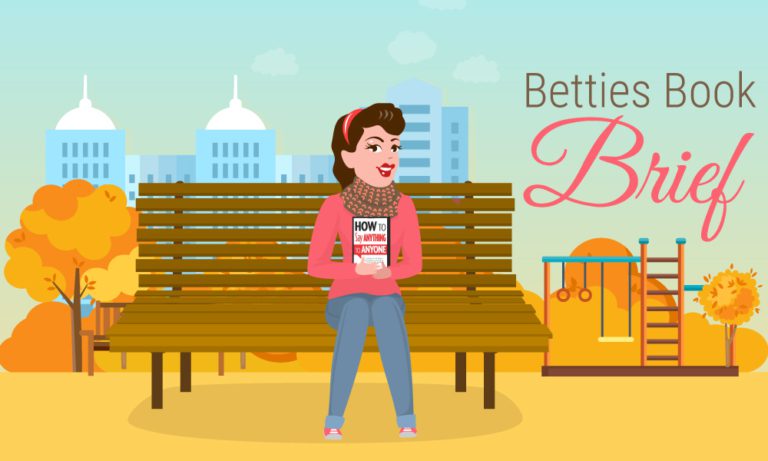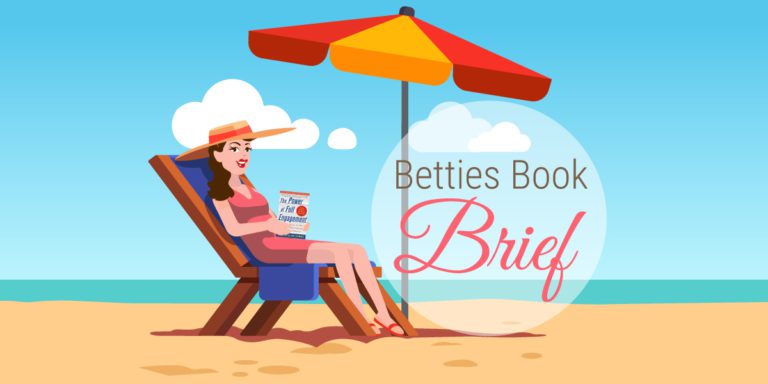This month’s read was Atomic Habits: An Easy & Proven Way to Build Good Habits & Break Bad Ones by James Clear. This book offered us so many great takeaways and things to implement in our day-to-day!
Atomic Habits Takeaways
- Goals are worthless without systems in place. The results have very little to do with the goal that is set and more to do with the systems put in place to create small habits that will incrementally lead to success.
- Making a change to a part of your identity will have better sticking power. For example: The goal isn’t to run a marathon, it’s to become a runner. The goal isn’t to try and quit smoking, it’s to become a non-smoker.
- The reason new things are difficult is that the neuropathways haven’t been carved out yet. Once neuropathways are carved out, doing something like speaking a new language, or playing an instrument can become second nature.
- A habit is a pattern that has been repeated enough times to become automatic.
- There are 4 laws of behavior change:
- How can I make it obvious?
- How can I make it attractive?
- How can I make it easy?
- How can I make it satisfying?
Cue, Craving, Response, Reward
- Our actions must have rewards.
- A cue is about noticing the reward. A craving is about wanting the reward. The response is about obtaining the reward. The cue triggers the craving which triggers the response which creates the reward. All of this creates a habit loop.
- We are executing on habits all day long. When you walk into a dark room, the first thing you do is turn on the light switch. The cue is the dark room, the craving is to see, the response is to flip the switch, and the reward is the light comes on.
- Writing down when you are going to execute a new habit has a better chance of success. You can also habit stack. For example, after I make my morning coffee, I will meditate for one minute. After I meditate, I will write down my to-do list.
- The two most obvious cues are time and location.
- Environment serves as a powerful cue. For example, in church, you’re going to speak quietly. If the office always has free bagels in the break room, you’ll likely be triggered to take one.
- Many of our decisions are made based on the obvious choice.
- You can temptation bundle. This links an activity you want to do with an activity you want to do. An engineer loved watching Netflix but wanted to work out more. He created a contraption that would play Netflix as long as he was moving.
- Every craving has a surface level craving and a deeper underlying motive. A craving is just a manifestation of a deeper underlying motive. You may like to have a hot drink while driving around in the car. Say this drink is regularly a vanilla latte (that you know is unhealthy and full of sugar) and you can’t seem to break the habit. This is because your need for a drink is likely legitimate but you’ve trained yourself to fill the need with a latte.
Dime con quién andas, y te diré quién eres
This is one of Emily’s favorite Spanish sayings. It means “Show me who you hang around and I will show you who you are”. One of the biggest influencers of habit is proximity to others. Who you hang around with can influence your habits and it’s important to keep this in mind. Surround yourself with people who strive to have good habits and you will have an easier time creating good habits for yourself.
As you can see, we got a lot of value out of this book and are excited to start implementing some better habits!



